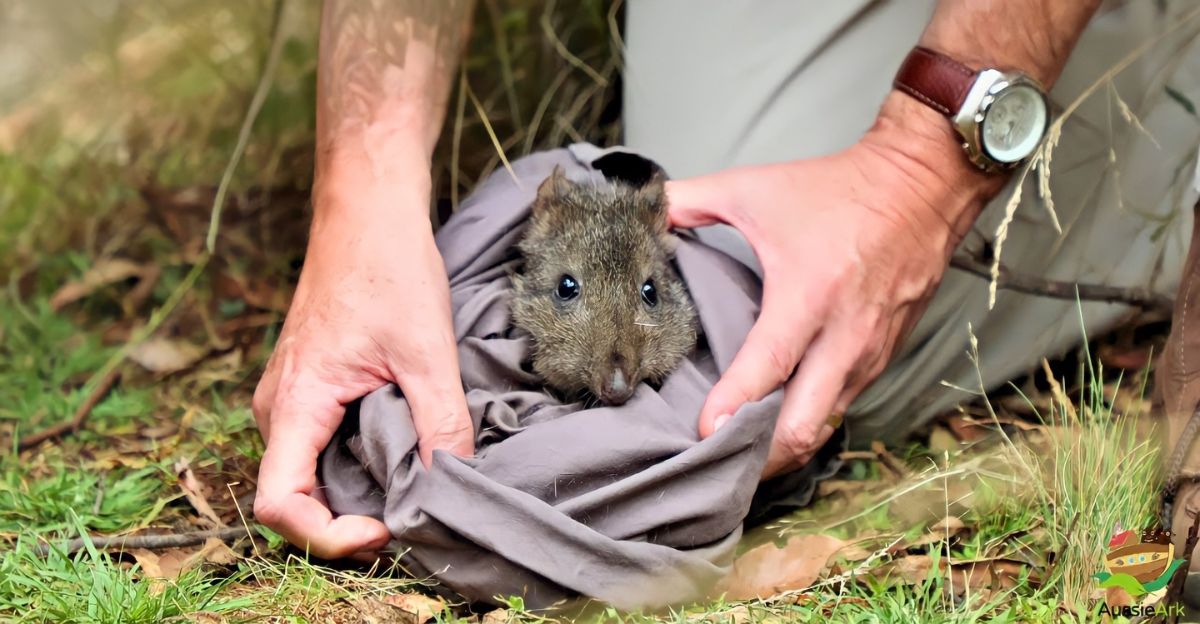
Australia’s Two Peoples Bay Nature Reserve is praised for the biodiversity that many find within its borders. However, an animal hiding out there was thought to have been extinct for more than a hundred years.
The small marsupial was stumbled upon in 1994, reopening scientific evaluation of the species and calling for conservation action. Since its rediscovery, the marsupial has seemingly recovered as the years go by, making this a conservation success story. Let’s dive a bit deeper into the circumstances around this extremely rare and thought-to-be extinct species.
Making A Comeback
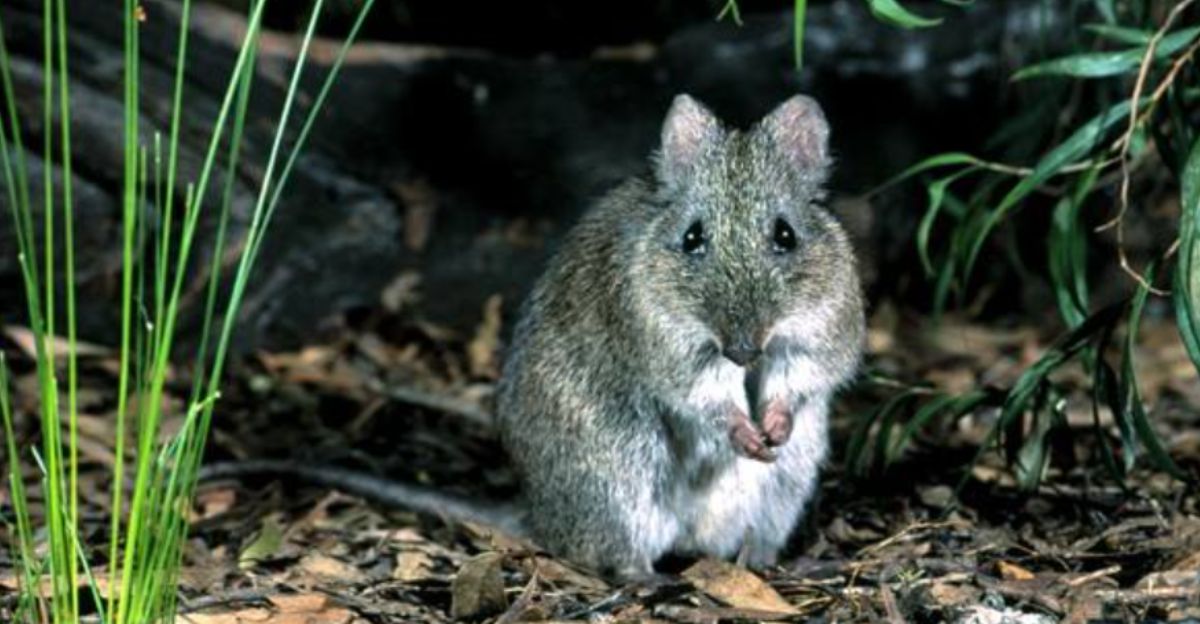
Over one hundred years after scientists believed that Gilbert’s potoroo had gone extinct, it reemerged in 1994. The small nocturnal marsupial lives in southwestern Australia, and with its discovery in Two Peoples Bay Nature Reserve, it has slowly emerged elsewhere.
The status of this small animal has changed from extinct to critically endangered, and its rediscovery was met with widespread conservation efforts to ensure the animal didn’t go extinct for real this time. Now, 30 years later, the potoroo is still here, even if its rebound is slow.
Impact On The Environment
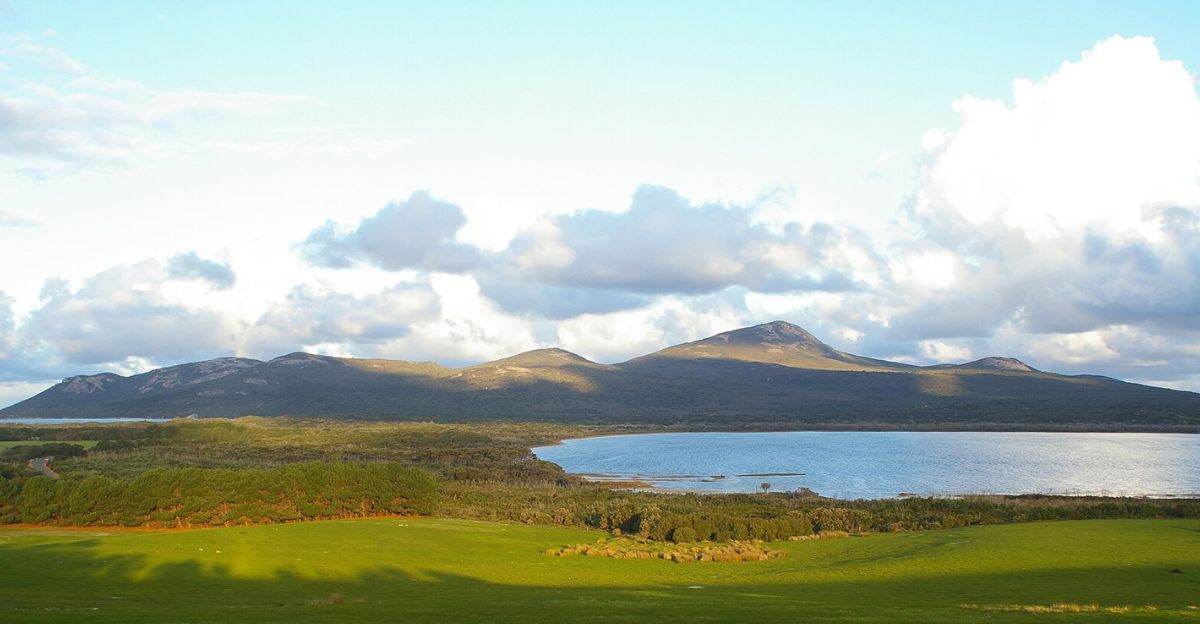
Despite the animal being believed to be extinct for many years, it still has an ecological niche that impacts its environment. The Gilbert potoroo’s main diet consists of fungi found underneath the soil. This role as a mycophagist is important, helping the dispersion of fungal spores and nutrient cycling.
Gilbert Potoroo needs a balanced ecosystem to thrive; in exchange, it helps keep the ecosystem healthy.
Habitat Protection Is Crucial
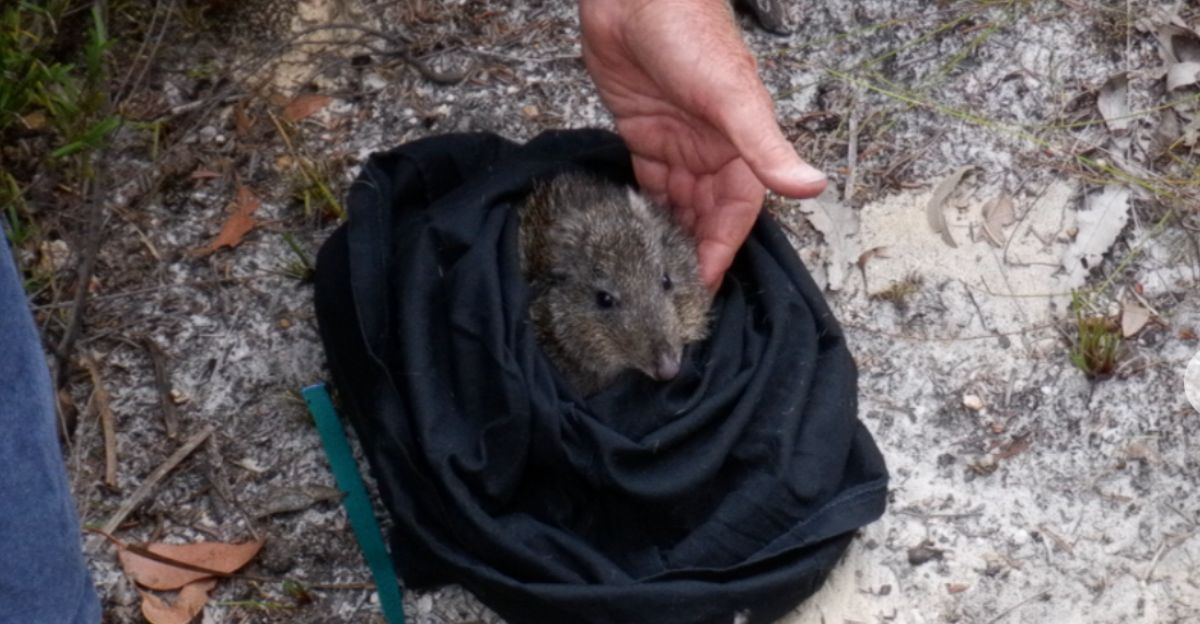
In order to conserve this important species and many others, its habitat needs to be protected from pollution, encroachment, and industry.
The marsupial faces significant threats from climate change, habitat loss, and introduced predators like feral cats and foxes. With the proper foundation, conservation work can make a real difference.
Finding It Again
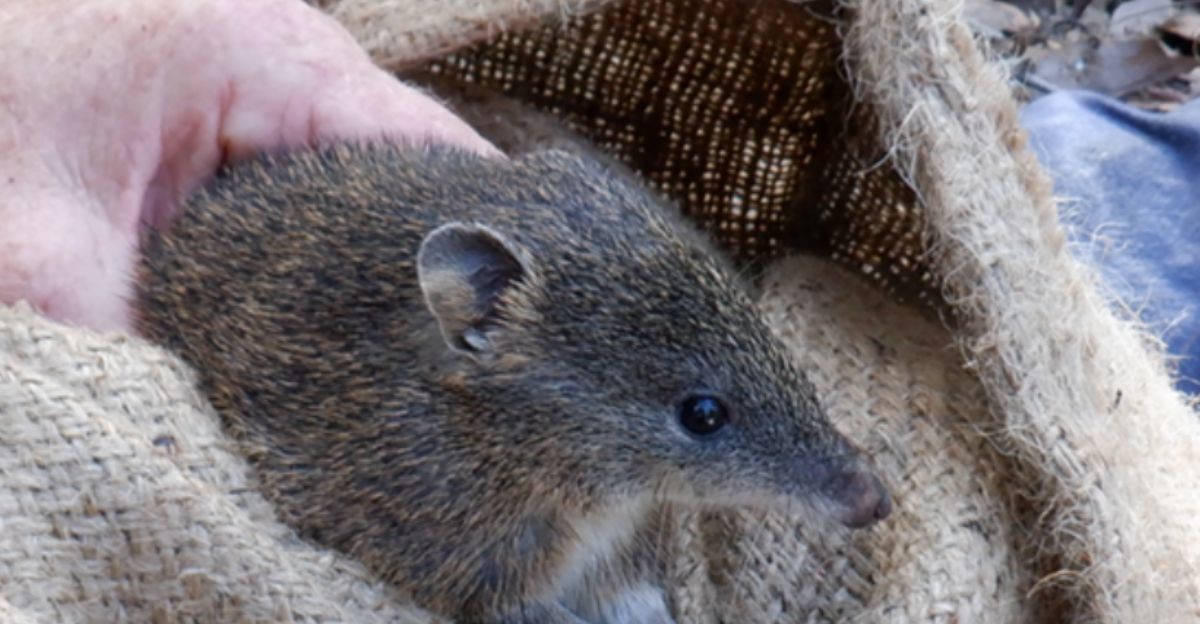
The marsupial is named after John Gilbert, the naturalist who first discovered it in 1841. However, after that, the animal seemed to disappear from the face of the planet. No one could find it, and so it was classified as extinct.
Generations went by, with no accounts of Gilbert’s potoroo, not until 30 years ago, when Dr. Elizabeth Sinclair and her research team stumbled upon the marsupial that had been missing for over a hundred years. This was an important discovery for research and conservation.
Conservation Work
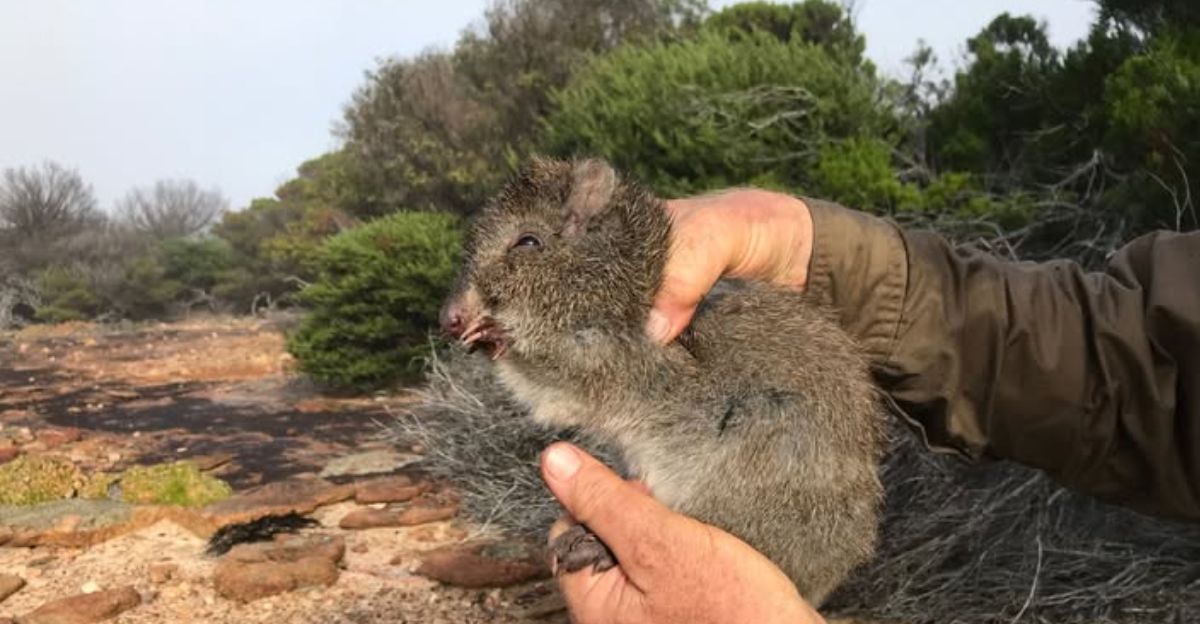
After Dr. Sinclair found the endangered animal, word quickly spread, and conservationists knew that it was crucial to protect the species from falling off the map again. Habitats were managed, and local predators were controlled so as not to hunt Gilbert’s potoroo to extinction.
A population was established both on Waychinicup National Park and on Bald Island to diversify the species and ensure their long-term survival.
A Promising Population
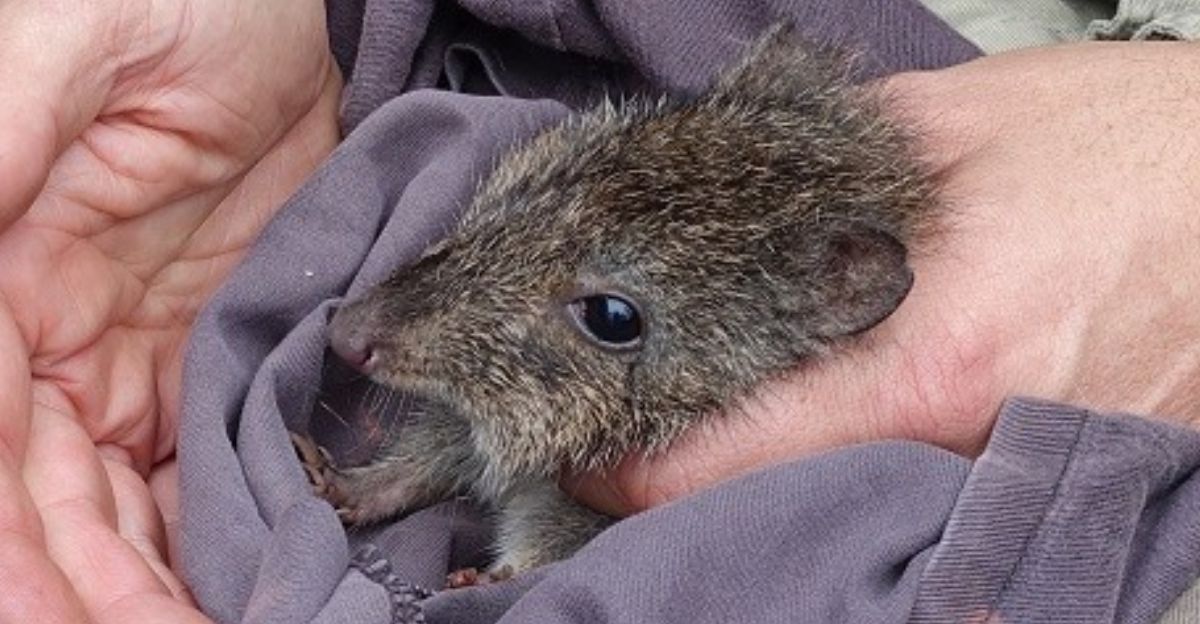
The population on Bald Island is particularly promising, with efforts to create a habitat where the animals can live in safe havens away from potential threats such as habitat loss and predators.
These conservation methods are crucial to stabilize the population and bring their numbers up to a more comfortable number.
Genetic Diversity

Moving populations to different areas also aid in genetic diversity, and researchers are currently studying the genetic variance that may occur. This genetic data could also help future conservation efforts set up breeding programs to ensure a steady and consistent population rise.
Studying its DNA can also help researchers understand other risk factors that the animal might face, such as susceptibility to disease and how it will adapt to an ever-changing environment.
A Small Population Surviving
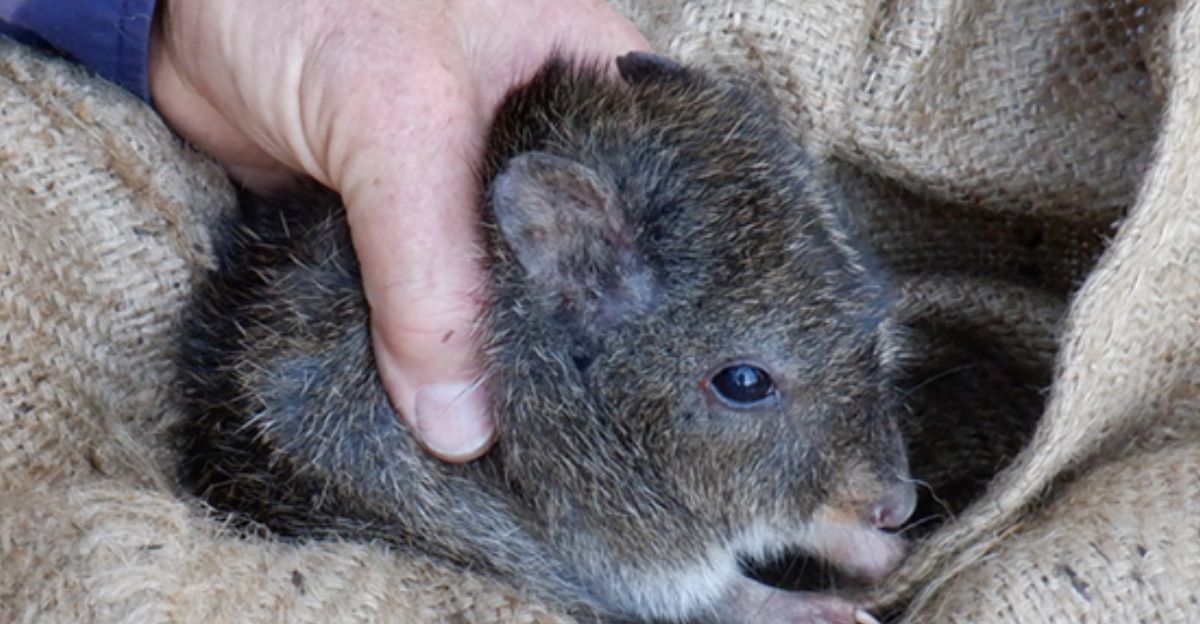
When the population was rediscovered, only a few dozen individuals were found, numbering 40. This population lived on a small patch of heathland on Mount Gardner inside Two People’s Bay.
This shifted Gilbert’s potoroo status from extinct to critically endangered. Thanks to conservation work, the population more than doubled in twenty years, but unexpected challenges still arise.
The Requirements For Genetic Diversity

With genetic diversity being a driving force behind their recovery, researchers have noted that a population of around 500 would be enough for the required diversity to increase their resilience and ensure their future.
Breeding programs are being expanded to reach this population goal, as well as scientists going into the field to try and find any other isolated groups that could be out in the wild and haven’t been discovered yet.
Challenges In Conservation
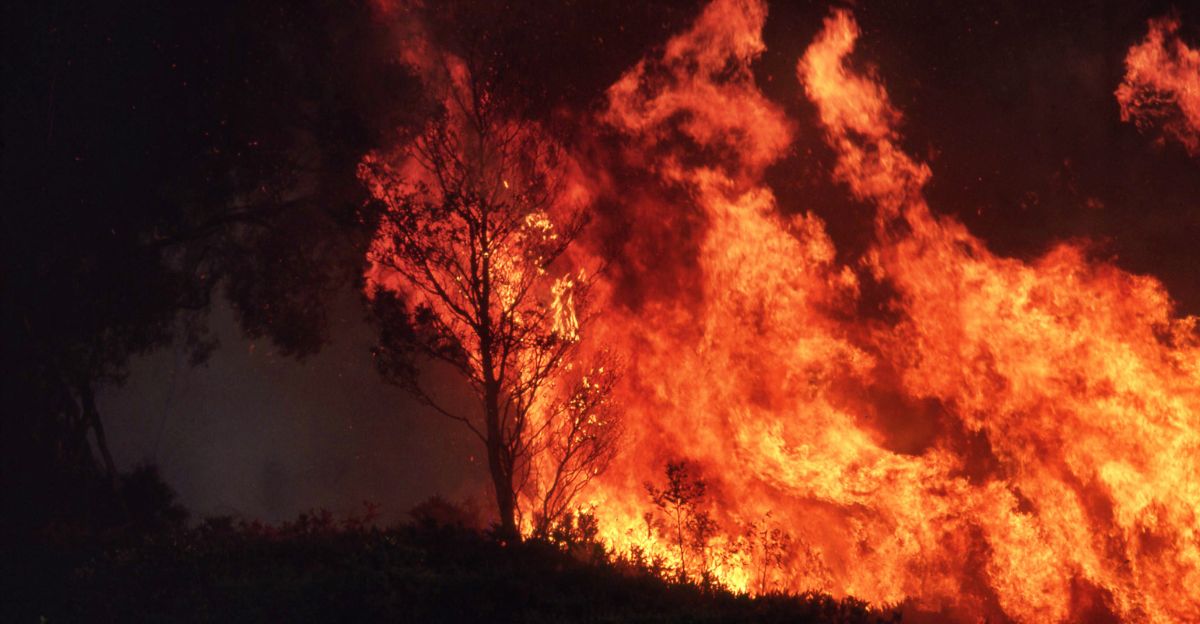
The species’ low number means that it is exceptionally vulnerable to population loss. Just ten years ago, Two Peoples Bay Nature Reserve was host to a bushfire that swept through multiple habitats, destroying a substantial portion of the areas the potoroo called home.
This natural disaster showcased that conservation efforts cannot prepare for every eventuality. Thankfully, this setback was only temporary, and the potoroo’s population is still steadily growing through the regions it is present in.
How They Are Today
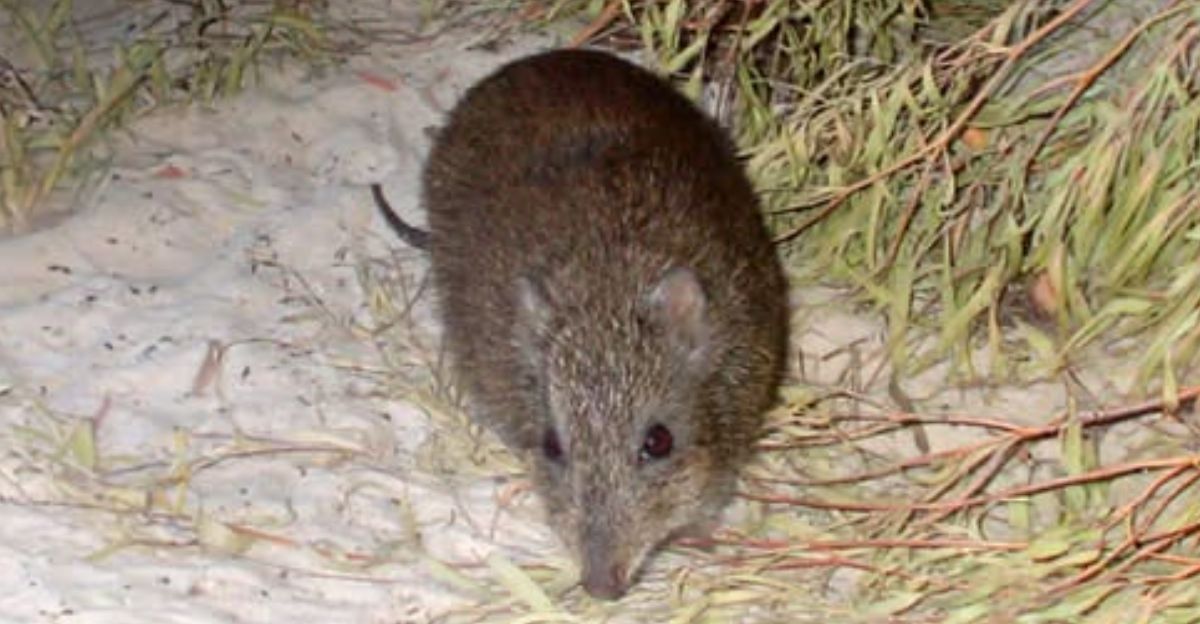
The last population survey was seven years ago, in 2018, just three years after the bushfire. At that time, there were 100 individuals spread out between multiple habitats like Waychinicup National Park, Two Peoples Bay, Bald Island, and Middle Island. The survey is outdated, and the population should have at least somewhat recovered from the bushfire ten years later.
Ongoing research into habitat restoration and climate change would serve to make the potoroo’s environment more resilience against future risks including bushfires.
A Growing Population
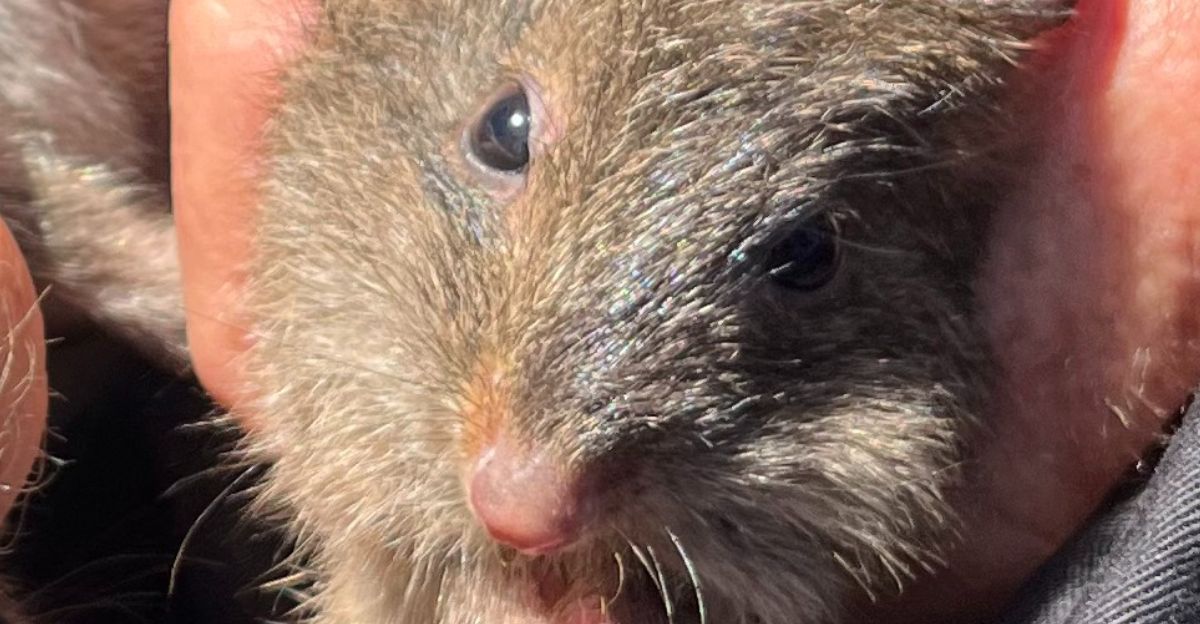
Their population is still being monitored, with researchers believing that their population is only growing. Without these monitoring efforts, population diversity, and conservation work, the population could have died out, highlighting how important human intervention is in the revival of endangered species.
Two People’s Bay rebounded since the fire ten years ago and is a crucial habitat for Giblert’s potoroo. The events that wiped out most of their habitat can be important lessons in future conservation efforts.
Recovery In The Face Of Extinction
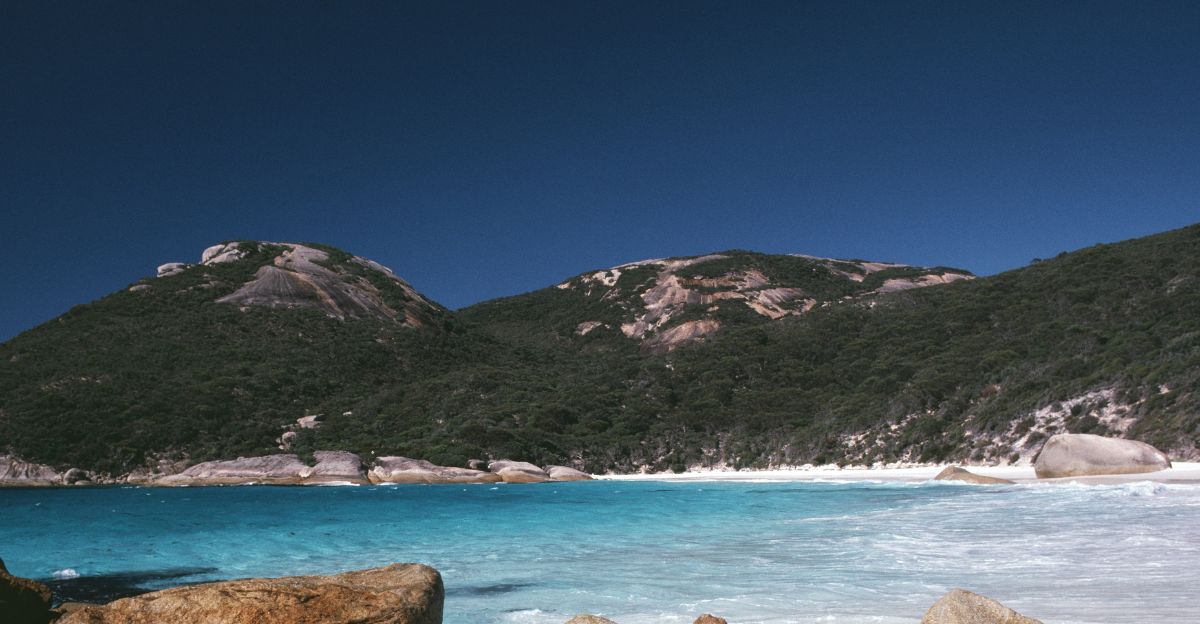
The rediscovery and ultimate recovery of Gilbert’s potoroo is an important example of how populations of vulnerable species can fluctuate and sometimes dip below the radar. While many resources have been diverted to the potoroo to ensure their survival, there are other success stories around the world.
The black-footed ferret was in a similar place to the potoroo, and its recovery also showed that there is an impact on local ecosystems. Both Gilbert’s potoroo and the black-footed ferret are important to their habitats, with the former aiding in fungal spore spread and the latter aiding in the revival of seven key prairie plant species.
Economic Factors
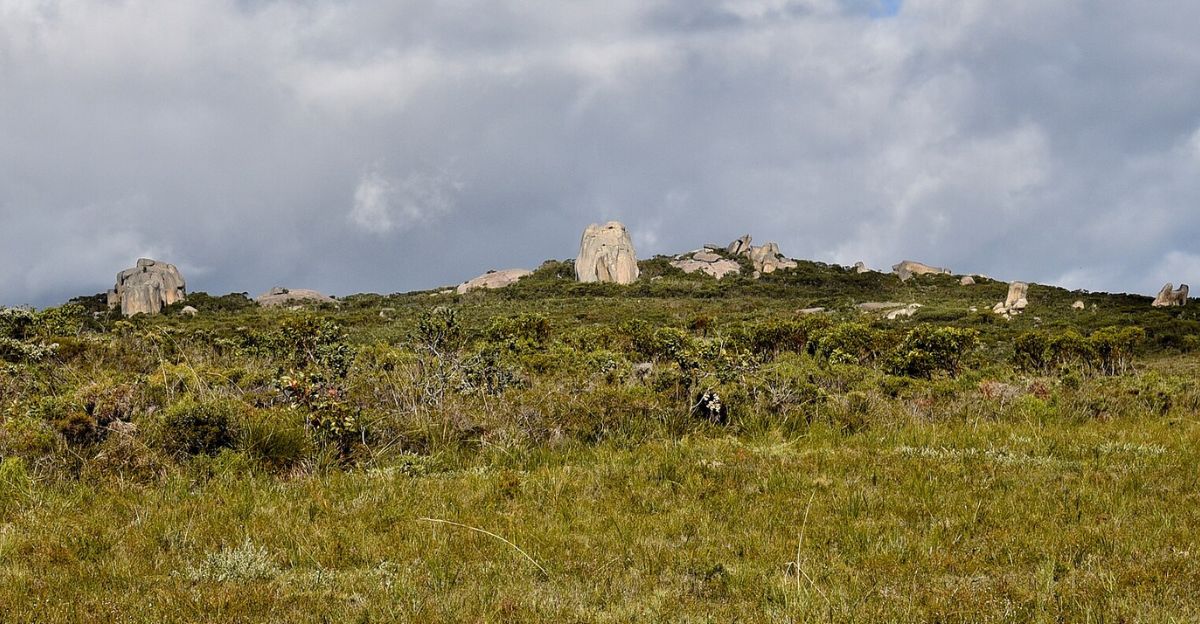
Conservation efforts can often create economic benefits for local communities, as they might return endangered or thought to extinct species that drive ecotourism.
Two Peoples Bay has seen around three times more tourists in its borders since 2022, showcasing how this little marsupial could be winning over public appeal.
Technological Innovations
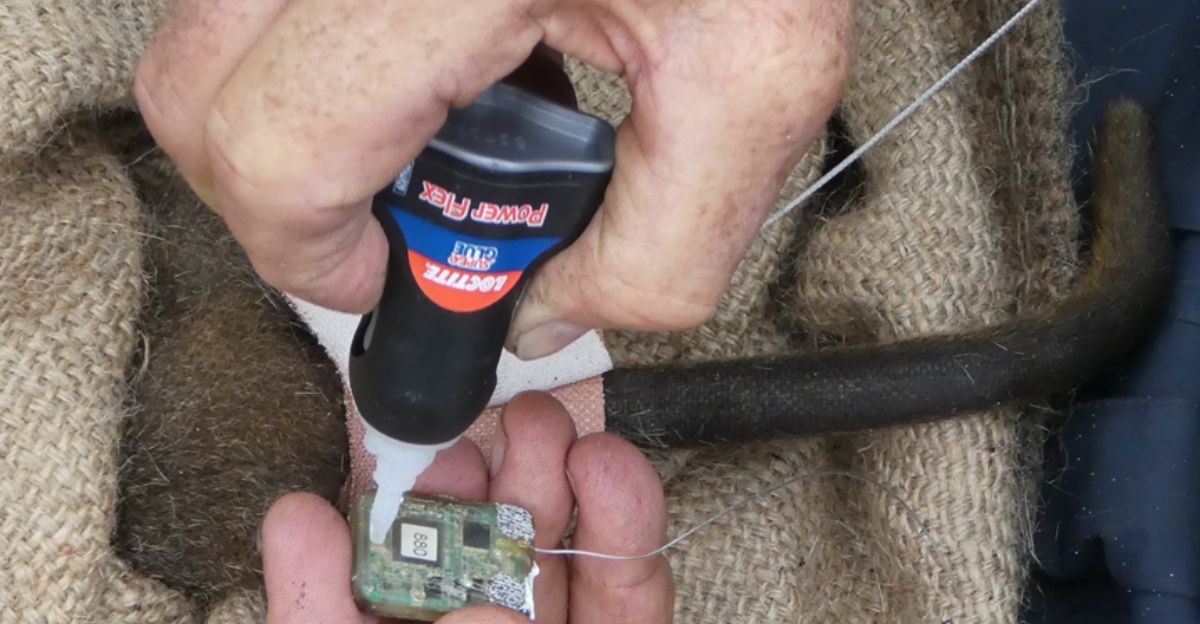
Technological innovations are always evolving and can be leveraged in many different fields, including conservation. Gilbert’s potoroo population has been managed and tracked largely through remote sensing and genetic analysis, which would have been impossible several decades ago.
Through population monitoring, Researchers can also see how pivotal their role is in their ecosystem.
Conservation Across Multiple Groups
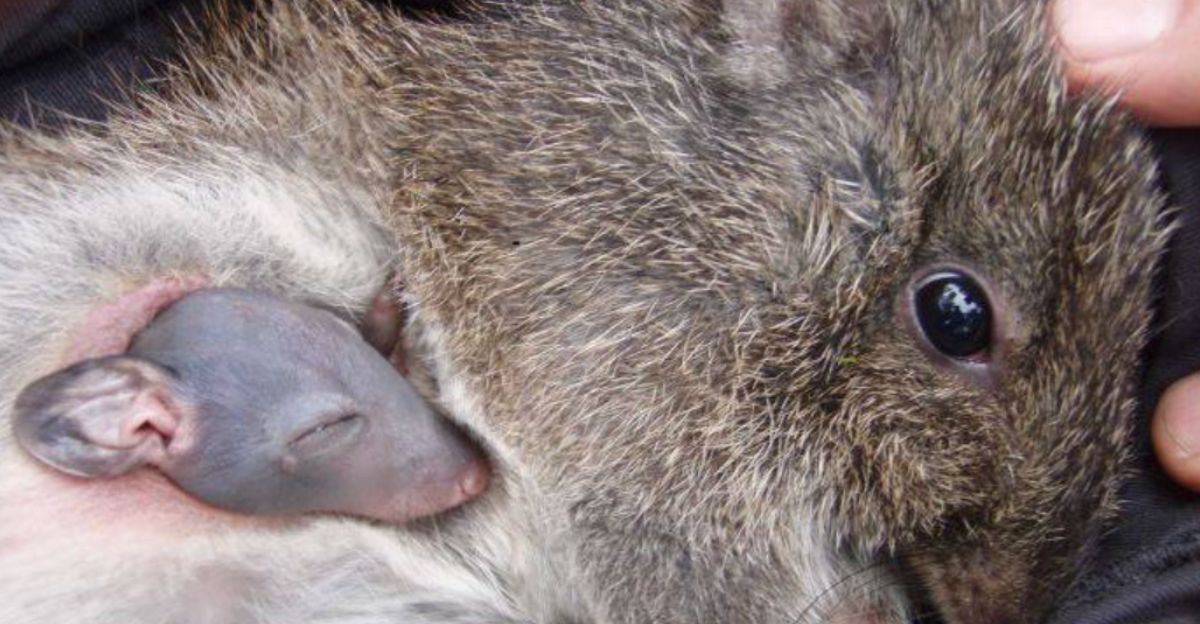
The conservation success story of Gilbert’s potoroo wouldn’t have been possible without the collaboration between multiple groups, including the government, universities, NGOs, and communities.
This multifaceted effort ensured that there were resources, public education campaigns, donations, and volunteer work.
A Bright Future
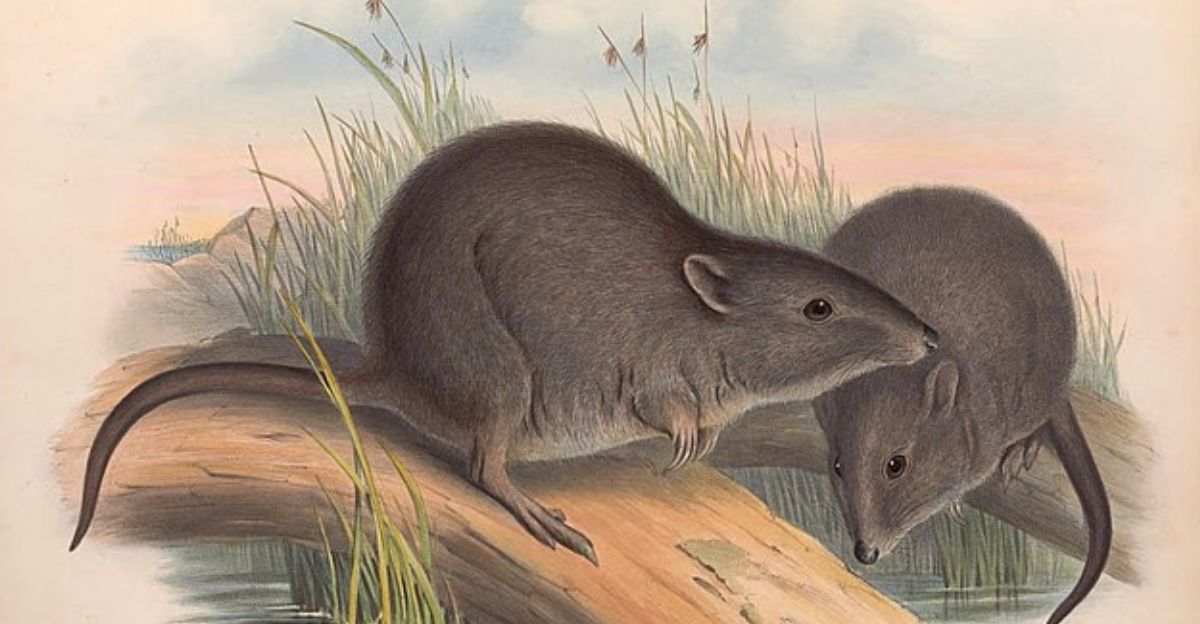
Amidst a planet where habitats are slowly shrinking, and biodiversity is with it, Gilbert’s potoroo’s success story could be the wake-up call we need to see that conservation is possible, no matter how dire the situation is.
These conservation efforts should be a model for other species around the world, in the hopes that they will get the second chance that this tiny marsupial got after it was thought to have been lost for over a hundred years.
Explore more of our trending stories and hit Follow to keep them coming to your feed!

Don’t miss out on more stories like this! Hit the Follow button at the top of this article to stay updated with the latest news. Share your thoughts in the comments—we’d love to hear from you!







